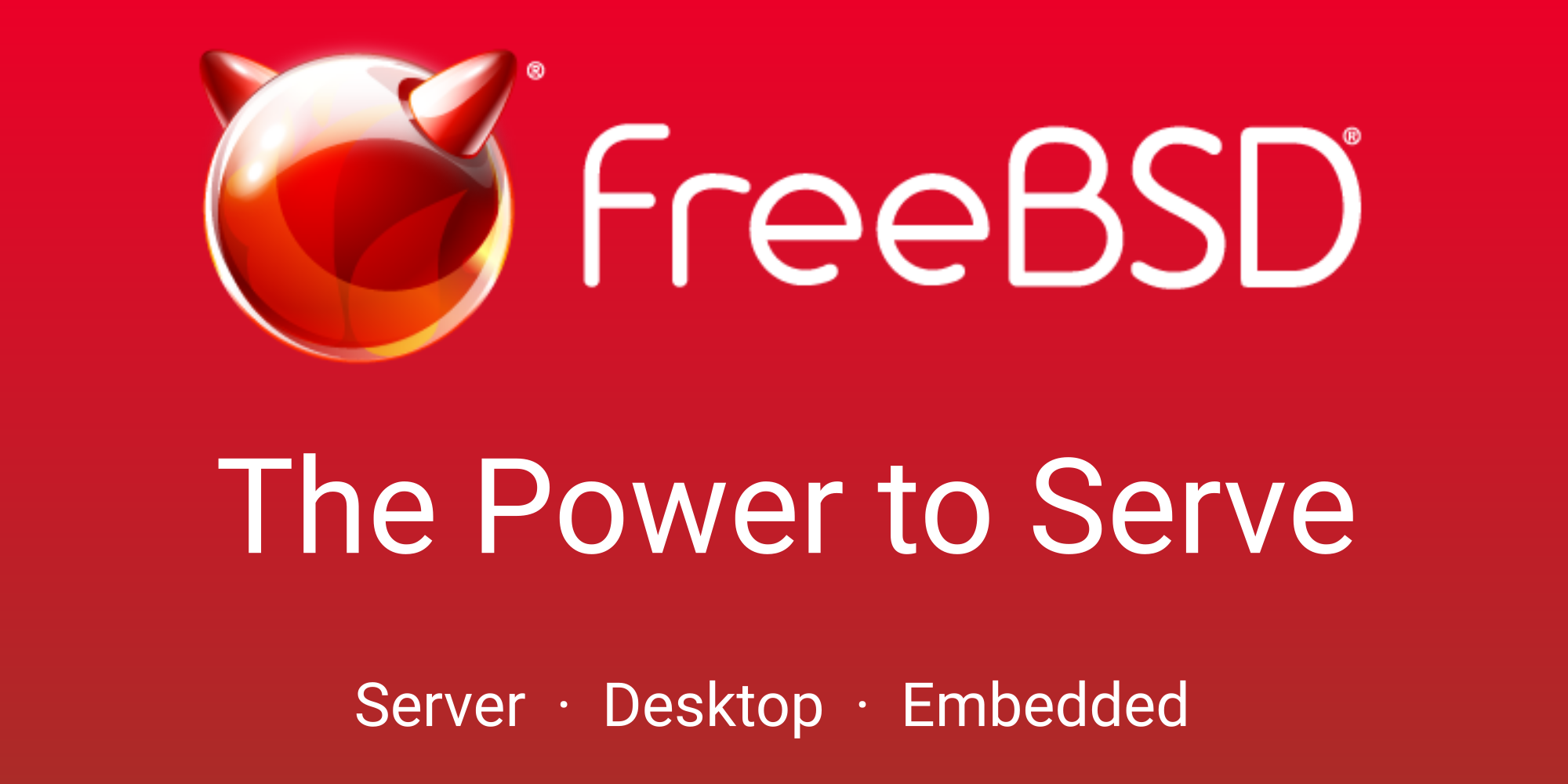Folks,
Thanks for all your serious and well-intentioned advice. I spent the whole day trying to get ANYTHING on the RPi3b & RPi4b. I was continually confronted with text and/or code. This is not what I want to do with the last 10 years of my life! I'm perfectly happy with Linux Mint and to a lesser extent, Puppy Linux. I didn't realise that FreeBSD is SO 'basic'.
So goodbye and go well.
Hey, you seem to be misdirected by Linux desktop affairs.
FreeBSD like all Unices is a server OS. This doesn't mean it's not very very usable on the desktop, but it is not an out-of-the-box desktop experience.
Let me just say upfront if you're happy with Linux there is no need to switch to FreeBSD. Linux is a libre OS, it's all good and cool.
Linux and FreeBSD are two different beasts of a car built on a same undercarriage. There are many many similarities but the end package is not the same.
Second, Raspberry PI and all other non-amd64 platforms are not as fresh in FreeBSD world as they're in Linux distribution world. Testing out FreeBSD is done on VM in most of the cases I've seen here. Not knowing FreeBSD and installing it on a RPI is not a good way to explore the system.
Third, this is why I mention misdirection by Linux distributions, Unix operating systems are not seamless desktop end-user type software. Not even 50% of Linux distributions are. So a small minority of Unix-like operating systems that ever were, are actually end-user desktops. But the mindset that regular 'tech-savvy' people have is that Linux = Unix, so if Ubuntu or Mint behave as Windows, other Unices should too.
I'm not trying to belittle anyone or anything, just saying if you came with presumption that FreeBSD will behave like Mint or Ubuntu out of the box, that is completely opposite from reality. In Unix-like world Mint and FreeBSD are in opposite corners. One is seamless end-user Linux desktop, the other is BSD server operating system.

